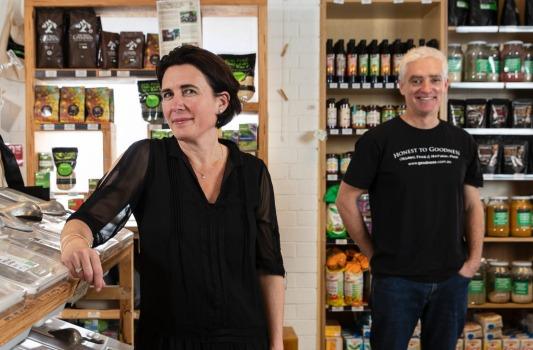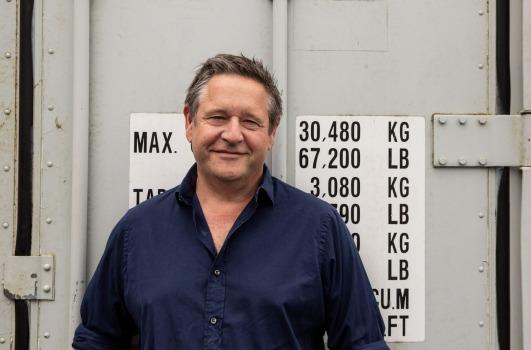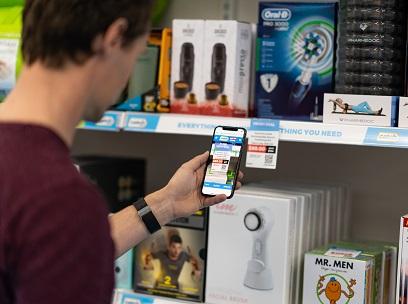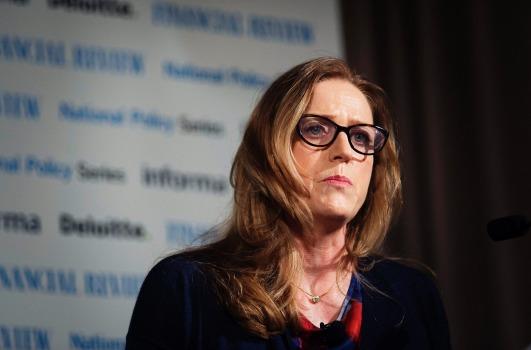
Myer is cutting board fees, capping executive salaries and forcing directors to buy more shares in an attempt to avoid a second strike against its remuneration report and a board spill at the annual meeting in November.
About 29.4 per cent of shares voted – including those of Solomon Lew's Premier Investments – were against the remuneration report last year, triggering a "first strike".
With Premier Investments threatening to vote its 10.8 per cent stake against the remuneration report again this year and encouraging other investors to follow suit, Myer has been negotiating with institutional shareholders to improve its remuneration structure to avoid a second strike at the annual meeting on November 30.
Myer will cut the chairman's fee to $300,000 in 2019 from $350,000 in 2018 and $400,000 in 2017 and non-executive directors' fees will be reduced from $150,000 to $120,000.
Myer will also force non-executive directors to buy Myer shares equivalent to at least one year of fees within three years to better align the interests of directors and shareholders.
Following further consultation with shareholders, the company has made a number of changes to executive remuneration, with fixed remuneration for new executives to be no more and in some cases less than that for previous executives.
For example, new chief executive John King, who took the helm in June from Richard Umbers, will receive total fixed compensation of $1.2 million – in line with that of Mr Umbers, which hasn't increased since 2015.
Weighted towards equity
Mr King's total remuneration is heavily weighted towards equity. While he received an initial grant of share rights, he will not participate in the short-term incentive plan until 2020 although he will participate in the 2019 long-term incentive plan.
No payments will be made under the short-term incentive plan unless Myer achieves net profit growth.
Mr King must also hold Myer shares equivalent to 75 per cent of his total fixed remuneration for the duration of his employment.
Myer's annual report also revealed the company incurred at least $2.4 million in termination payments in 2018 – $1.29 million to Mr Umbers, who left in February, $540,811 to former chief financial officer Grant Devonport, who left in January, and $583,251 to former deputy CEO and chief merchandise and customer officer Daniel Bracken, who left in July 2017.
Mr King said in the annual report he was confident his new Customer First strategy – which includes improved in-store experiences, exclusive brands and private label brands, accelerated cost reduction and supply chain restructuring and a better online offer – will improve Myer's financial performance and deliver shareholder value.
"Importantly, we can rebuild pride, confidence and relevance in Myer," Mr King said.
"I strongly believe Myer's best days are ahead and I look forward to a year of delivery, not promises."
Premier Investments has asked for a new copy of Myer's register of shareholders and is expected to start contacting investors ahead of the annual meeting to garner their support to spill the board and appoint three of Mr Lew's nominees.
However, Investors Mutual, which owns 9.8 per cent, and Wilson Asset Management, which has 5.5 per cent, have voiced support for Mr King and say he should be given a stable environment in which to operate.
Investors Mutual fund manager Simon Conn said the changes to board fees and remuneration were sensible.
"They've been trying to reduce costs across the board and shrinking directors fees and the chairmans fee is reflective of the smaller size of the business," he said.
"There's been significant changes with the board and the management team - there's a whole new regime in place - and we have to recognise that and not vote against it."






